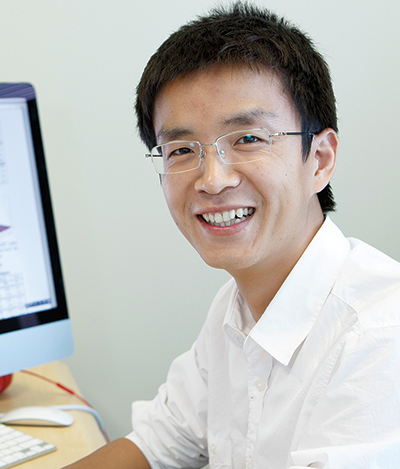Cited By
View all- Stein BChang BSridharan M(2024)Interactive Abstract Interpretation with Demanded SummarizationACM Transactions on Programming Languages and Systems10.1145/364844146:1(1-40)Online publication date: 29-Mar-2024
- Liu HLiu XXie XTong XLi K(2024)PmTrackProceedings of the ACM on Interactive, Mobile, Wearable and Ubiquitous Technologies10.1145/36314337:4(1-30)Online publication date: 12-Jan-2024
- Nie YXiao XYang BLi HLuo LYu HSun G(2024)Python Coverage Guided Fuzzing for Deep Learning Framework2024 International Conference on Electronic Engineering and Information Systems (EEISS)10.1109/EEISS62553.2024.00007(1-6)Online publication date: 13-Jan-2024
- Show More Cited By


